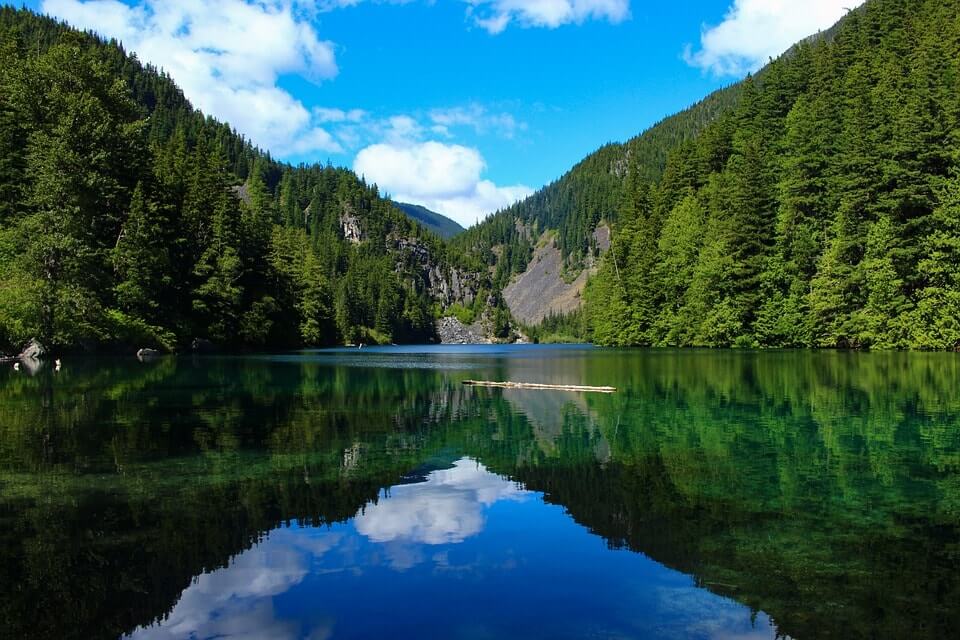The allure of wide-open spaces, soaring mountains, and tranquil waters calls out to every photographer. Landscape travel photography presents an opportunity to capture these stunning natural wonders. However, mastering this genre requires a blend of technical expertise, artistic vision, and environmental mindfulness. In this guide, we will delve into key techniques to excel in landscape travel photography and build a remarkable portfolio.
1. Understanding Landscape Photography
Landscape photography is about showcasing the beauty of nature. It’s more than just clicking a button; it’s about capturing a scene in a way that transports the viewer into the frame. The best landscape photos tell a story, evoke an emotion, and inspire wanderlust.
2. Gear Essentials for Landscape Travel Photography
Traveling light is crucial, but for landscape photography, a few items are worth the extra weight:
- Camera: A DSLR or mirrorless camera with manual settings offers maximum control. However, a high-end compact or even a smartphone can also work well.
- Lenses: A wide-angle lens (10-24mm for crop sensor, 16-35mm for full-frame) is a must for capturing vast sceneries. A telephoto lens can help focus on distant details.
- Tripod: Crucial for long exposures and stabilizing your camera in uneven terrain.
- Filters: ND filters allow long exposures even in bright light, while polarizing filters reduce glare and enhance colors.
- Extra batteries and memory cards: Always have spares, as you may not have easy access to charging points or stores.
3. Framing and Composition
Apply the rule of thirds, leading lines, and framing to enhance your composition. Use natural elements to create depth and draw the viewer’s eye into the scene. Vary your perspectives – get low, climb high, or focus on details to offer unique takes on the landscape.
4. Timing is Everything
Light plays a vital role in landscape photography. Sunrise and sunset, known as the golden hours, provide soft, warm light that can dramatically transform a scene. Don’t pack up after sunset – the blue hour and night sky can also offer mesmerizing shots.
5. Mastering Exposure
Landscapes often include bright skies and dark grounds, challenging your camera’s dynamic range. Mastering manual exposure and understanding the histogram can ensure a well-balanced exposure. Bracketing exposures and blending them in post-processing can also help handle high contrast scenes.
6. Respecting Local Laws and the Environment
Always follow local regulations regarding photography, particularly in protected areas. Moreover, remember that you are a visitor in nature’s domain. Stay on designated paths, avoid disturbing wildlife, and always leave no trace.
7. Post-Processing
While capturing the photo is fundamental, post-processing is where your image comes to life. Software like Adobe Lightroom and Photoshop can help enhance details, adjust colors, and blend exposures. However, avoid over-processing – aim to enhance, not alter, the natural beauty of the scene.
8. Patience and Perseverance
Landscape photography requires patience. You may have to wait for hours for the perfect light, or return multiple times to a location to get that perfect shot. Keep practicing, experimenting, and challenging yourself.
Landscape travel photography is a journey of continuous learning and discovery. It’s about cherishing the beauty of our planet and sharing that admiration with others through your lens. With these tips, you’re now better equipped to navigate the wilderness and capture stunning landscapes. So, grab your gear, hit the trail, and let the beauty of nature inspire your creativity.


0 Comment